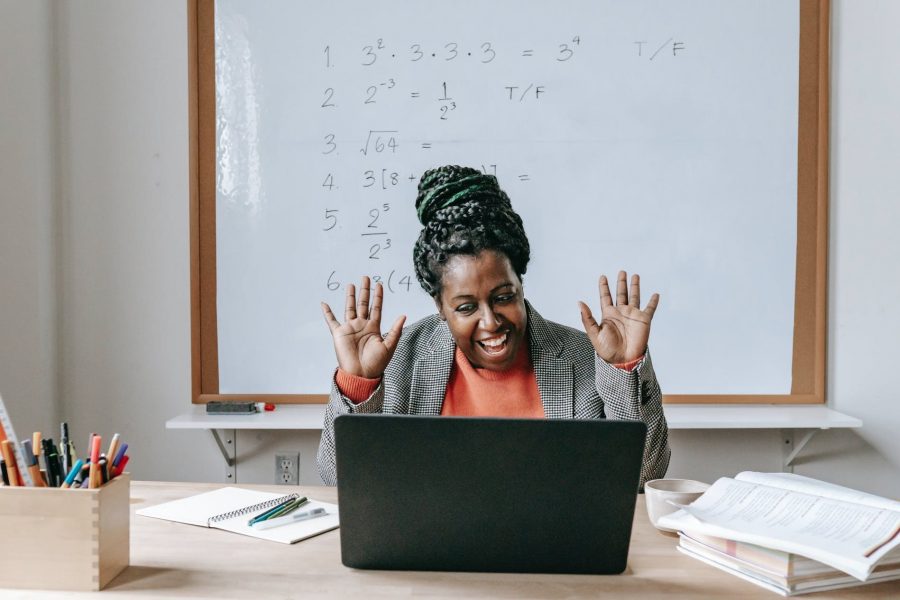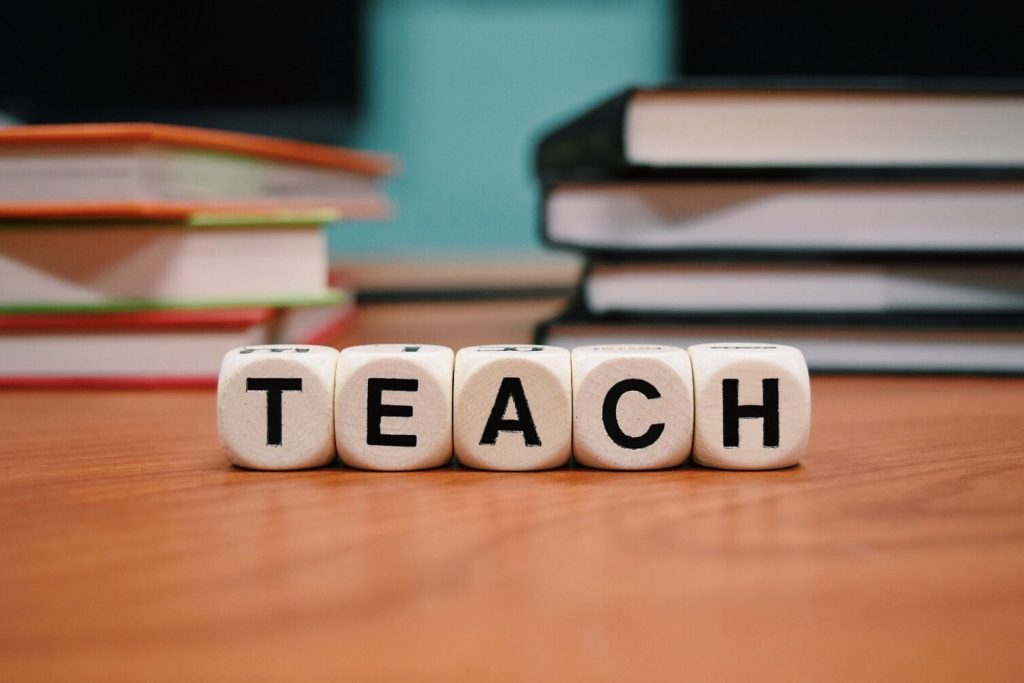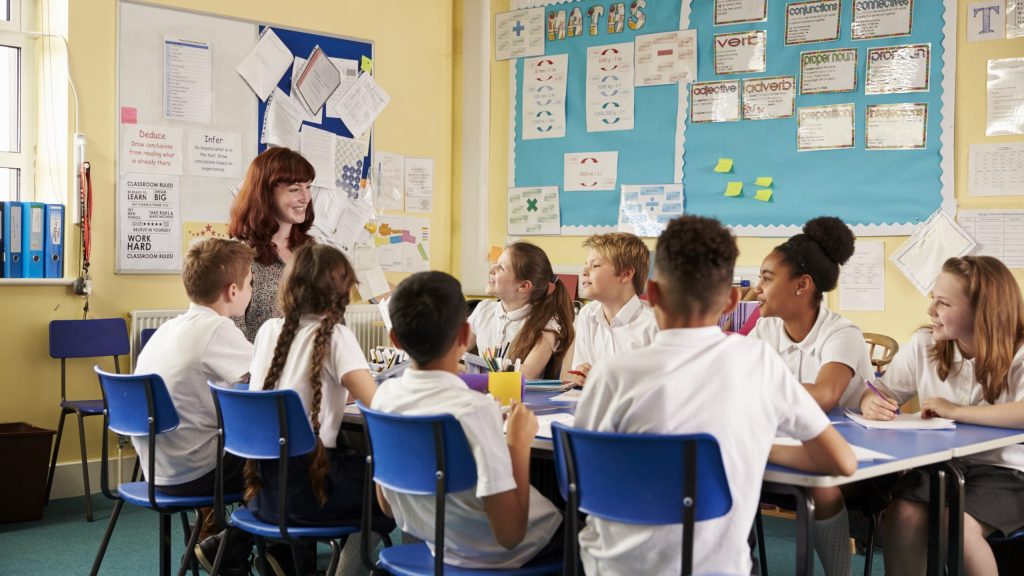Lesson observations often leave teachers with feelings of anxiety as they feel pressured into creating the perfect lesson plan. Although someone sitting in and watch your lesson can feel intimidating, you should try to use it as a positive experience.
The purpose of lesson observations is not to focus your teaching, but instead, examine how the class is learning. By taking your observation as a positive learning experience, you can use the feedback as a means to improve and grow as an education professional.
Be prepared
Always expect the unexpected in a classroom. Anything can happen to disrupt your lesson and cause delay, so preparation is key in limiting the amount of time wasted.
Think about a typical day in your class. How often does a student forget their stationery? Or how often do the pens for your whiteboard activities run out? Make sure you stock up before the observation and have them in a safe place. This will save a lot of time searching for a replacement when you know exactly where to find them.
Whilst technology is a fantastic way to engage your class, it’s important to have a backup plan if things go wrong. Have alternative activities prepared and be ready to grab the attention of the class before they lose focus. a video or another piece of media is vital to your lesson then check it all works before you begin.
Also, don’t leave photocopying or printing until the morning of the observation. There’s a chance that the machine will be broken, or you won’t have enough time to print. It’s always best to prepare the night before so you can start the day feeling ready to deliver a fantastic lesson.
Learning objectives
Before you start the lesson, highlight the key learning objectives of the day. Make a point of what the lesson is about and what your class will be able to do at the end that they couldn’t before. Be realistic about how much your class can achieve in one lesson. Also, ensure that you review at the end of the lesson to determine whether all students have met the objectives.
It’s good practice to put this on the board at the beginning so your class can have a more structured, guided learning experience.
Involve your Teaching Assistant (TA)
If you have a TA, let them know what your lesson plan is and who they will be working with as early as possible. You don’t want them to be like a second observer so make sure you utilise them to aid your students’ learning.
Good long-term practices
All of the things mentioned so far should be methods that you practice daily in your classroom. A lot of the time, the best observation lessons are not the most extravagant. Following the routine your class are familiar with will help them settle down and focus.
Introduce your class to signals and routines at the beginning of the year so that by the time your observation comes it is second nature to them. This could be anything from attention grabbers to a signal that shows when you are available to answer questions.
Room to improve
Feeling positive about observation is easier said than done, but remember there’s no such thing as a perfect lesson and that’s okay! Observations help you grow as a teacher and ensure that your students are learning effectively. Take the time to review your feedback and act on it so you can continue your own learning.








